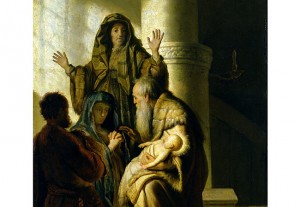Yeah. I agree with Ken Wilber here (below). I have always thought we can be both spiritual AND religious. Why does religion get a bad rap — well, we all know why, because “sellers” and “enforcers” of organized religion have abused humanity. Â But religion, RELIGION itself is way cool. It’s my field, so okay, I am biased. In our seminary application process we always require new minister candidates to write the story of religion AND spirituality in their life from childhood to present.
From philosopher Ken Wilber’s forum:
It’s become quite a trend in the integral community to describe oneself as “spiritual but not religious.” In light of our shared integral spiritual vision, It certainly makes sense that folks like us would define ourselves in a way that is opposed to folks like them. Who’s them? Well you know, those mythic literalists with their fundamentalist religion. But, from another perspective, don’t you think it’s a bit awkward for us so-called integral types to describe what we are by disaffirming an opposite? And, what’s with all this us and them talk? Is that not a hallmark of absolutistic thinking? Doesn’t this reek of the same conformist cognition that fuels the fundamentalist fervor we’re so sure we have nothing in common with? Instead of so strongly insisting that we’re oh-so-spiritual–but oh-no religion!–what would it mean to be both spiritual and religious?
In this talk, Ken outlines two required steps for bringing religion and spirituality into greater accord. He’s guided by a vision of a fully functional and healthy religion—one which institutionalizes a care and concern for spiritual intelligence that grows in two directions: waking-up and growing-up. On the waking-up side of the street, he envisions the return of state-stage cultivation, accomplished by resurrecting and re-engaging the contemplative practices of the early christian fathers. And on the growing-up side, he calls for a busting of the mythic ceiling—a move that loosens and lubricates development along the spiral of spiritual intelligence, and which results in 2000-year-old myths being reinterpreted at higher levels. If these steps are acted in consort, Ken foresees religion as regaining a functional capacity to address human development through states and structures. And if not, folks like us—folks who deeply yearn for a post-mythic approach—will likely retain our status as “spiritual but not religious.”
http://integrallife.com/node/87135
